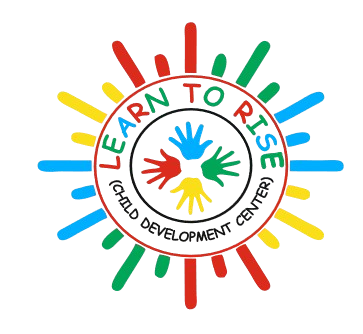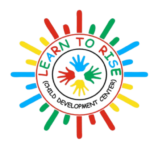
Behavioral therapy for children is a therapeutic approach that focuses on modifying problematic behaviors and building positive skills. It can be particularly effective for children with issues like ADHD, anxiety, aggression, and other behavioral or emotional challenges. The therapy uses structured techniques to reinforce positive behaviors, discourage unwanted behaviors, and help children develop self-regulation and problem-solving skills.

Identifying Problem Behaviors
- The therapist works with the child and often their caregivers to pinpoint specific behaviors that need adjustment.
- These behaviors could include things like defiance, impulsivity, or tantrums.
Setting Goals and Rewards
- Therapy often involves setting clear, achievable goals for the child.
- Reward systems (like stickers, points, or praise) encourage positive behaviors and help the child see progress.
- Rewards are usually immediate, helping younger children connect their actions with consequences.
Using Positive Reinforcement
- Positive reinforcement, such as praise or rewards, is given for appropriate behavior.
- This increases the likelihood of the behavior occurring again, as children learn that good behavior results in a pleasant outcome.
Consequences for Negative Behavior
- Undesirable behaviors may be addressed through mild, consistent consequences.
- These could include time-outs, removing privileges, or loss of a reward.
- Consistent responses are essential for children to understand the effects of their actions.
Parent Training and Involvement
- Parents or caregivers are often involved in therapy to learn strategies for managing behaviors at home.
- This includes consistent application of rewards and consequences, and establishing clear rules and expectations.
Skills Training
- Behavioral therapy often teaches children essential social and coping skills, like sharing, taking turns, communicating feelings, and problem-solving.
- These skills help children navigate social situations and manage emotions better.
Self-Monitoring Techniques
- As children grow, they may learn to monitor their own behavior and use tools like charts or diaries.
- This is particularly useful for older children, encouraging them to take responsibility for their actions.
Cognitive-Behavioral Therapy (CBT) Components
- CBT elements may be incorporated to address thought patterns contributing to behaviors.
- This is particularly effective for children with anxiety or depression, helping them recognize and challenge negative thinking.










